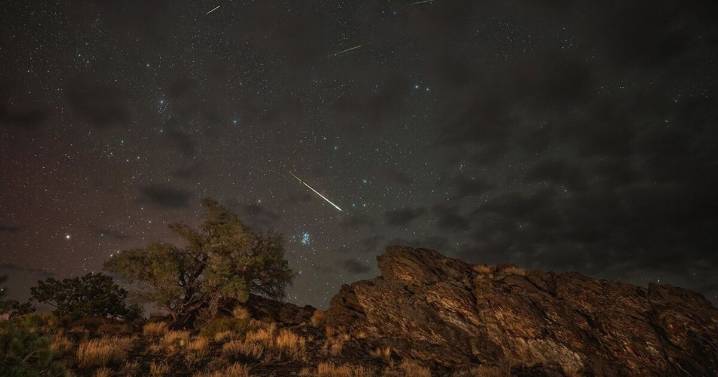The annual Perseids meteor shower will reach its peak next week. But astronomers say it won't be as visible as it has been in recent years.
A full moon is also expected during the peak — Aug. 12 into the 13th — and will likely wash out the view.
" A few bright meteors may still be seen in the predawn hours, but viewing conditions are not ideal," NASA said.
If you still want to try to catch a glimpse, here's what to know.
Best viewing conditions
This year, the Perseids began on July 17, and it will be visible until Aug. 23, NASA says. In an hour, one could see about 25 meteors. Characteristics of the Perseids include bright fireballs and long "wakes," the streak of light and color that follow meteors.
While NASA recommends trying to catch a glimpse of the Perseids before dawn, you m

 KLCC
KLCC

 IFL Science
IFL Science The Denver Post
The Denver Post NBC Southern California
NBC Southern California America News
America News New York Post
New York Post FOX News
FOX News People Human Interest
People Human Interest CBS Los Angeles
CBS Los Angeles KSL Utah
KSL Utah FOX Weather
FOX Weather Oh No They Didn't
Oh No They Didn't ESPN Soccer
ESPN Soccer CNN
CNN